This week’s guest blog post is from Betty Farrell and her team at the Cultural Policy Center of the University of Chicago, presenting an abridged version of their recommendations from the report Demographic Transformation and the Future of Museums. Betty et al outline their vision of how museums can build a better base of knowledge to support our planning as a field.
It’s important for museums to grapple with the demographic changes sweeping the country if they plan to be useful to more than a small segment of American society. But good decisions require good data as well as good instincts. Unfortunately, the research on race, ethnicity and cultural participation, though provocative and suggestive, is spotty, often outdated, and usually too narrow to draw broad conclusions for museums. If nothing else, the literature review we conducted for Demographic Transformation and the Future of Museums should serve as a call to action to fill in the research gaps. This would improve the ability of museums to make sound, informed decisions about how to serve their communities now and in the future.
We believe that individual museums, and the museum field as a whole, should:
Make better use of existing data: especially from the U.S. Census Bureau, as a starting point for understanding the demographics of their local communities. Museum service organizations should help museums access, interpret and apply this information as a tool for strategic planning. Although the Census remains the most reliable source of data on American racial and ethnic groups, many other sources now provide online tools that make demographic analysis relatively easy. (The report includes a list of suggested resources).
Mine data from other sources, especially when comparable sources of information about museums do not exist. For example, we don’t have longitudinal studies that follow museum-goers over time, information that would be especially useful for museum participation research. But we do have several large national studies that capture information about education, social conditions and cultural habits—in particular, the Early Childhood Longitudinal Study (U.S. Department of Education), the National Longitudinal Survey of Youth (Bureau of Labor Statistics), and the Children of Immigrants Longitudinal Study. Museum researchers could be more creative in their use of these and other projects in the social sciences.
Pressure existing research projects to capture more information about museums: For example, the General Social Survey (GSS) conducted by the National Opinion Research Center has been tracking demographic information, attitudes, opinions and social change in the U.S. since 1972—an ongoing project designed to “take the pulse of America.” Museums and museum service organizations should actively seek ways to incorporate museum data collection into research platforms such as the GSS, and encourage federal data-collection agencies to incorporate more questions about museums and museum-goers into their ongoing research programs.
Share the knowledge: Too much valuable data is locked away in proprietary studies, in the form of market research or evaluation studies, but never shared beyond the walls of the museum that commissioned the research. Museums need to develop a shared expectation that the knowledge that what they collect as individual organizations will be shared with the field unless there is a compelling reason for it to remain confidential. There are many models of data sharing on a local or discipline-specific scale.
Collaborate with other nonprofits: Other nonprofit sectors (e.g., dance, theater, classical music) share the museum field’s challenge in understanding and adapting to demographic change. Studies that cut across organizational types and cultural activities can produce information on audience engagement that is useful to museums. Research on cultural participation is accumulating, but evidence about what works and doesn’t work—about risks that were taken, about innovative projects that may not have succeeded at first try and those that soared immediately—all need to be shared more across the cultural sector
Develop research opportunities through partnerships: Museums, and their national service organizations, should take the lead in developing new research partnerships. Research can be expensive and museums rarely have substantial research budgets. But many could work more closely in partnership with colleges and universities in their local area to develop supervised, student-based research in a systematic way.
What say you? Does your museum have research that could benefit the field, and can we help you share it with the field? What do you think is the most important thing AAM can do to improve the state of research in the field?

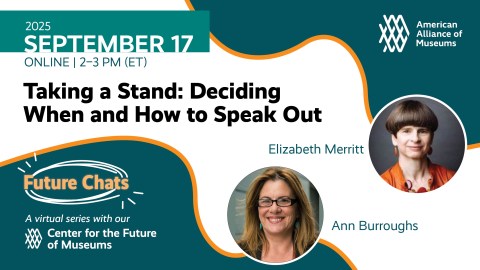
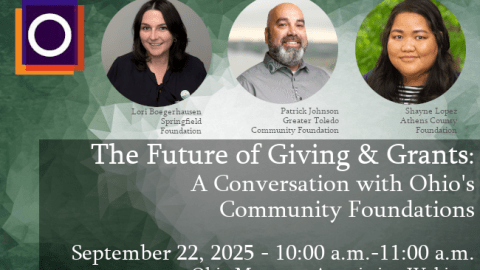
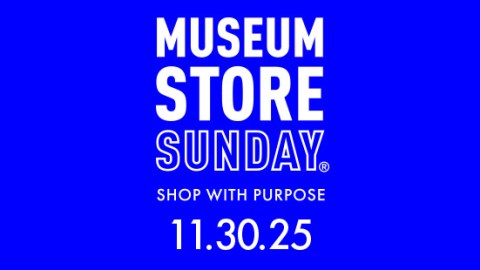

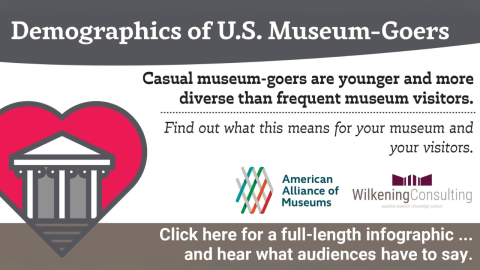

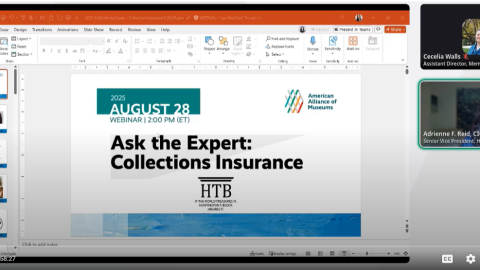

The museum field absolutely needs more research. And I applaud AAM's CFM for helping to champion this viewpoint.
However, the emphasis on demographic data described in this and other recent CFM publications flies in the face of years of research conducted by a wide assortment of museum researchers demonstrating the significant limitations of demographic data. Demographic data provides only a limited view of who our visitors are and what they require from us. Even a moment's reflection about ourselves will suggest that if someone knew our age, income and occupation, it would provide only the most rudimentary insights into our personal interests, motivations and knowledge, let alone our museum-going proclivities. The complexities of human behavior are only poorly characterized by such course data.
I'd urge the museum community and the CFM to consider broadening its views on what constitutes necessary and sufficient data for understanding the interests, motivations and behaviors of museum visitors.
John Falk